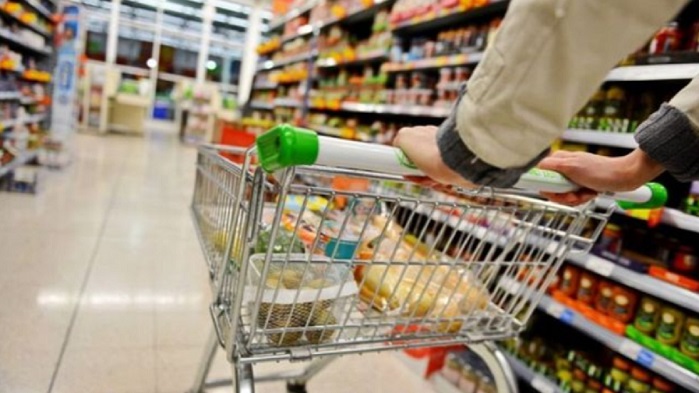Actualidad nacional e internacional
Abr. 20, 2020
El coronavirus ha cambiado la forma de comprar alimentos en las personas
The Covid-19 pandemic is leading to a ‘tsunami’ of change in how people buy food. The pandemic is leading the food industry and regulators to change policies as they grapple with empty shelves, a glut of fresh produce and milk, and sudden shifts in consumer buying habits.
The problem isn’t a shortage of food and commodities. If anything, food waste is becoming a bigger issue as traditionally big, bulk buyers — like college dorms and restaurant chains — suddenly stop receiving deliveries. As a result, millions of gallons of milk are being dumped, and farmers have no alternative but to turn fresh vegetables into mulch. Farmers are scrambling to recalibrate their production.
Federal agencies are scrambling to keep up with the altering landscape by easing rules governing trucking, imports, agricultural visas and labeling requirements for restaurants and manufacturers. New alliances are being formed as demand from restaurants dry up and consumers look for new ways of delivery. Kroger, the largest U.S. supermarket chain, has partnered with foodservice giants Sysco and U.S. Foods, which normally supply the restaurant industry and large institutions, to share labor and keep store shelves stocked.
The partnerships offer employment to foodservice workers that would otherwise be furloughed or laid off as a result of a near shutdown of the restaurant sector. It also provides much needed manpower to the overwhelmed food retail industry.
Rewiring the U.S. food network, however, comes with logistical headaches. “Since we’re buying more at the grocery store, it means food has to be in that form,” said Pat Westhoff, director of the University of Missouri’s Food and Agricultural Policy Research Institute. “We have a bunch of stuff that’s still stuck with restaurants, and they’re trying to decide what to do with it at this point.”
Source: hortidaily/April 10, 2020
VOLVER A NOTICIAS
